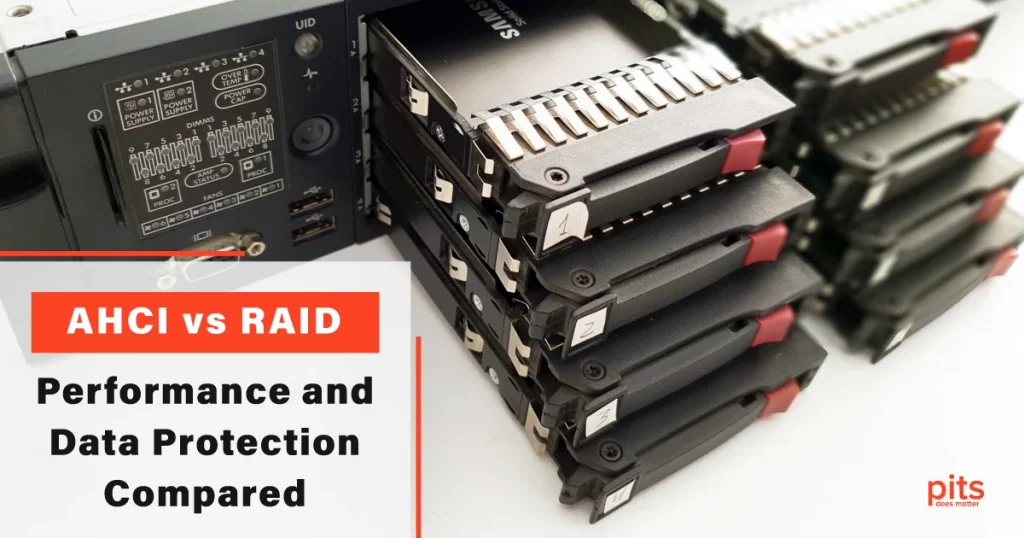In the world of computer storage, there are various technologies and configurations available to enhance performance and ensure data protection. Two popular options are AHCI (Advanced Host Controller Interface) and RAID (Redundant Array of Independent Disks).
Both AHCI and RAID play a crucial role in optimizing storage performance and protecting data, but they differ in functionality and implementation. In this article, we will delve into the details of AHCI and RAID, discussing how they work, their pros and cons, and ultimately comparing them to help you make an informed decision for your storage needs.
Understanding AHCI
AHCI, which stands for Advanced Host Controller Interface, is a specification that defines how software communicates with SATA (Serial ATA) devices such as hard drives and solid-state drives. AHCI provides a standardized method for controlling these devices and enables advanced features like hot-swapping and Native Command Queuing (NCQ). It allows the operating system to access storage devices with higher efficiency, resulting in improved performance and responsiveness.
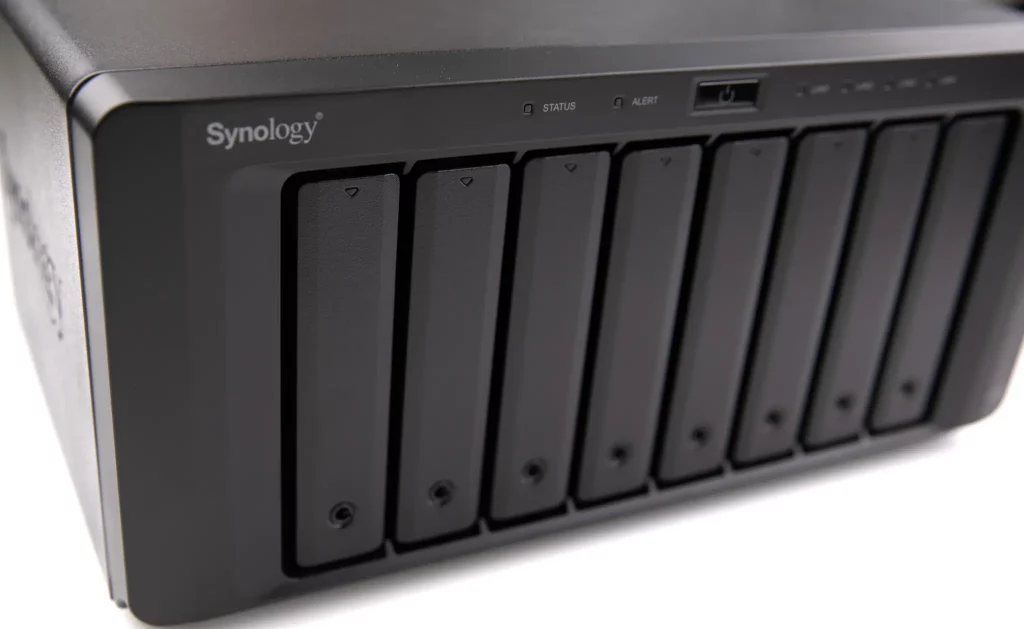
AHCI operates through a host bus adapter (HBA), commonly integrated into modern motherboards. The HBA serves as an intermediary between the operating system and the storage devices.
When a request is made to read or write data, AHCI takes care of the communication between the operating system and the storage device, ensuring smooth data transfer. By enabling AHCI in the BIOS settings, you can unlock the full potential of your SATA interface.
Pros of AHCI
Enhanced Performance
AHCI improves storage performance by leveraging features like NCQ, allowing for efficient queue management and reducing latency.
Hot-Swapping Support
With AHCI, you can connect and disconnect SATA devices without rebooting the system, making adding or removing storage devices convenient.
Native Command Queuing
AHCI enables the SATA devices to reorder, read, and write commands, optimizing data transfer and improving overall performance.
Widely Supported
AHCI has been widely adopted and is supported by most modern operating systems, ensuring compatibility.
Cons of AHCI
Limited RAID Support
AHCI doesn’t provide extensive RAID functionality. While some motherboards offer basic RAID configurations with AHCI, it is not as robust as dedicated RAID controllers.
Lack of Data Protection
AHCI does not offer data redundancy or fault tolerance mechanisms, making it less suitable for critical data storage.
Understanding RAID
RAID, or Redundant Array of Independent Disks, is a technology that combines multiple physical drives into a single logical unit to improve performance, data protection, or both. RAID configurations are categorized into different levels, each offering a unique balance of performance, capacity, and fault tolerance. RAID arrays can be implemented through software (often integrated into the operating system) or dedicated hardware RAID controllers.
RAID works by distributing data across multiple drives in various ways, depending on the RAID level used. The most common RAID levels include:
RAID 0 (Striping)
Data is split evenly across two or more drives, increasing read and write speeds. However, RAID 0 offers no data redundancy, meaning a single drive’s failure could result in complete data loss.
RAID 1 (Mirroring)
Data is duplicated across two or more drives, providing redundancy. If one drive fails, the data can be retrieved from the mirrored drive. RAID 1 sacrifices capacity for data protection.
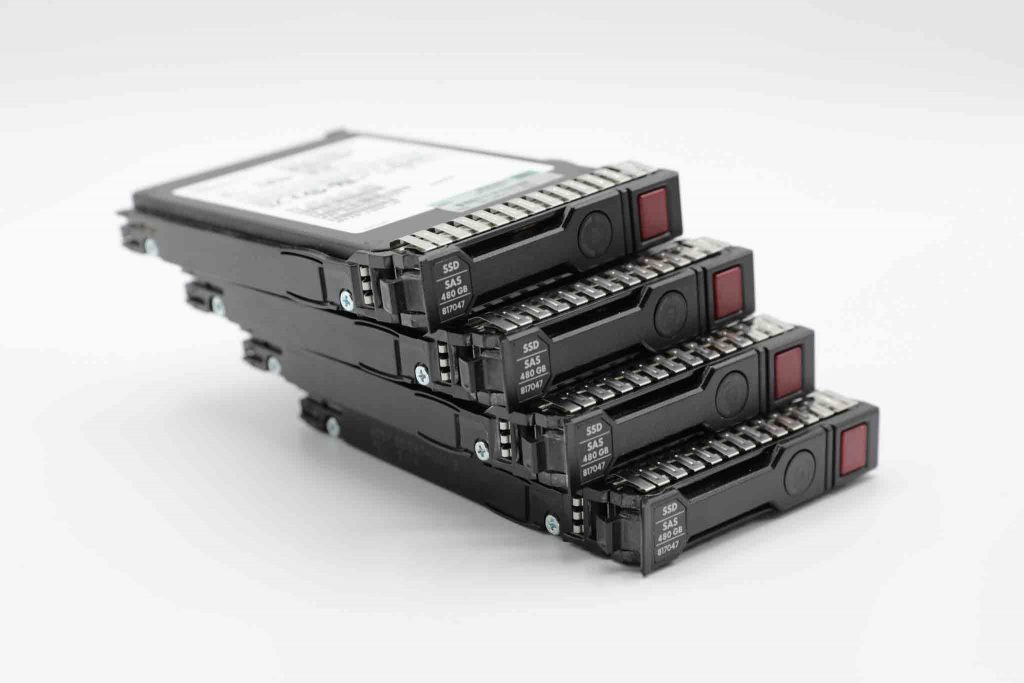
RAID 5 (Striping with Parity)
Data and parity information are distributed across multiple drives, allowing for increased performance and data protection. If a single drive fails, the parity information can reconstruct the lost data.
RAID 10 (Striping and Mirroring)
RAID 10 combines the benefits of RAID 0 vs RAID 1. Data is striped across mirrored sets of drives, providing both increased performance and fault tolerance. It offers better data protection than RAID 0 but sacrifices some capacity.
Pros of RAID
Improved Performance
RAID configurations, such as RAID 0 and RAID 10, can significantly enhance read and write speeds by distributing data across multiple drives and allowing for parallel access.
Data Protection
RAID levels like RAID 1, RAID 5, and RAID 10 offer data redundancy, allowing for data recovery in the event of a drive failure.
Flexibility
RAID configurations can be customized to suit specific needs, balancing performance, capacity, and data protection requirements.
Expandability
Depending on the RAID level, RAID arrays can be expanded by adding additional drives to increase capacity or performance.
Cons of RAID
Cost
Implementing RAID can incur additional costs, especially when using dedicated hardware RAID controllers or purchasing extra drives for redundancy.
Complex Setup
Configuring RAID can be challenging, especially for users without technical expertise. It may require specific hardware or software support and careful planning to achieve the desired results.
Limited Scalability
Some RAID configurations limit the number of drives that can be used, potentially restricting scalability in large storage environments.
Recovery Complexity
In the event of a drive failure or array malfunction, RAID recovery can be complex and time-consuming, requiring technical knowledge and specialized tools.
AHCI vs RAID
When comparing AHCI and RAID, it’s important to note that they serve different purposes and cater to distinct storage needs.
AHCI focuses on optimizing storage performance and providing advanced features like hot-swapping and NCQ. It is suitable for individual users or systems that prioritize speed and responsiveness, but it lacks data protection mechanisms offered by RAID.
On the other hand, RAID emphasizes data protection and fault tolerance by combining multiple drives into a single logical unit. It is beneficial for systems that require redundancy and reliability, such as servers or workstations handling critical data.
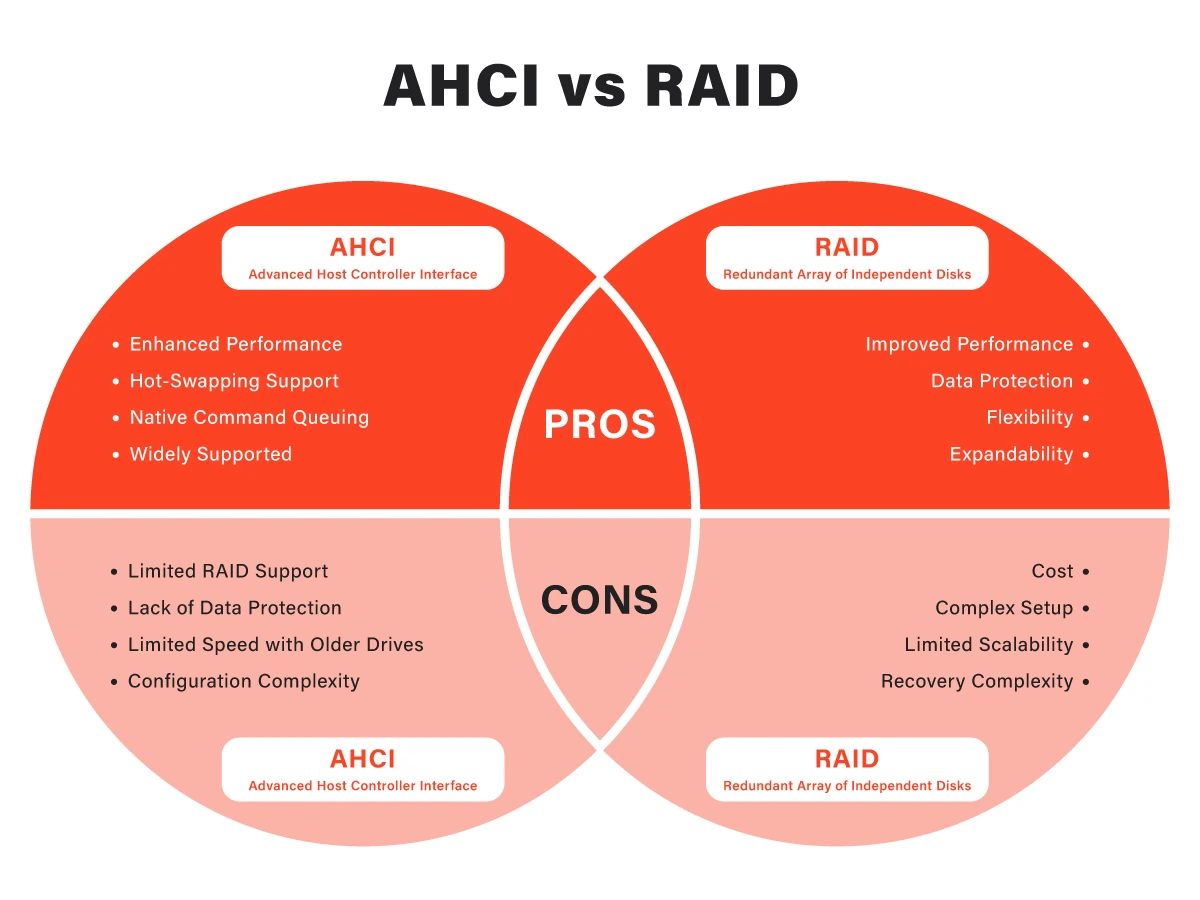
RAID controllers
Dedicated hardware RAID controllers offer superior performance and functionality compared to software-based RAID implementations. RAID controllers are specialized expansion cards that handle the storage operations independently, offloading the processing from the CPU and providing dedicated resources for RAID operations.
They often support various RAID levels and offer advanced features like cache memory and battery backup to protect against power outages.
In contrast, software RAID utilizes the host system’s resources to manage RAID configurations. While it may not offer the same performance benefits as hardware RAID controllers, it can still provide basic RAID functionality without the need for additional hardware.
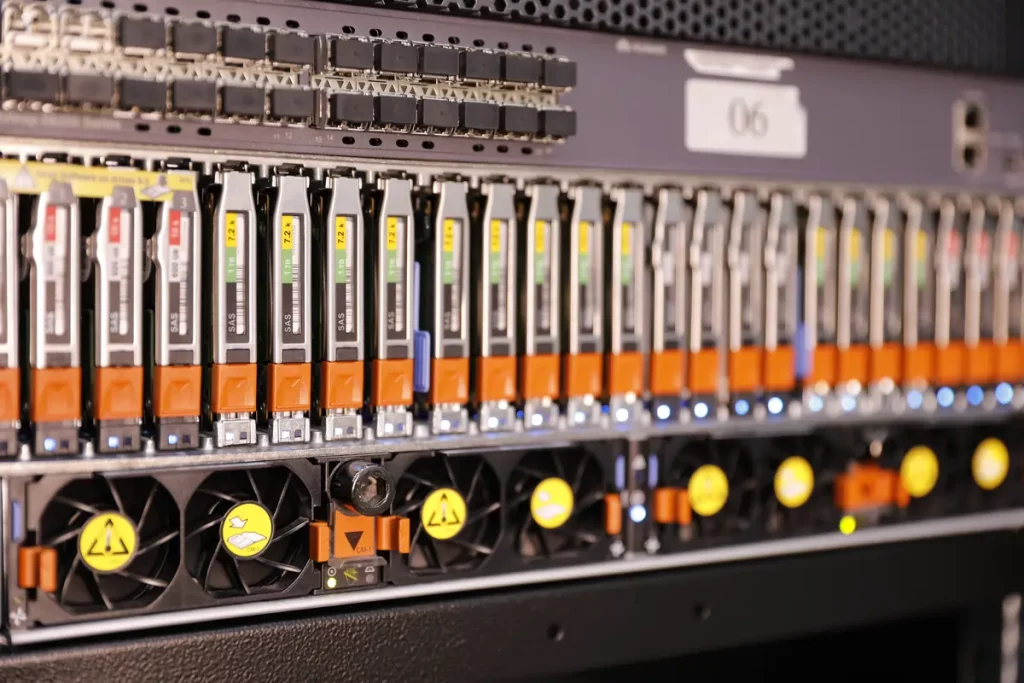
In conclusion, AHCI and RAID are two storage controller technologies that offer distinct advantages and limitations. AHCI enhances individual drive performance and supports features like hot-swapping and native command queuing. RAID, on the other hand, combines multiple drives to improve performance and provide data redundancy.
By leveraging both AHCI and RAID, users can achieve a balance between performance optimization and data protection. However, it is crucial to ensure compatibility between the RAID controller and AHCI mode to take full advantage of both technologies.
Ultimately, the choice between AHCI and RAID depends on the specific requirements of your system and the level of performance and data protection you seek. Understanding the differences, benefits, and trade-offs of AHCI and RAID will enable you to make an informed decision and optimize your storage configuration accordingly.
Frequently Asked Questions
What is the main difference between AHCI and RAID?
AHCI (Advanced Host Controller Interface) is a specification that optimizes the performance of individual storage devices, while RAID (Redundant Array of Independent Disks) combines multiple drives for improved performance and data protection.
Can I use AHCI and RAID together?
In some cases, it is possible to use AHCI and RAID together. Many modern RAID controllers support AHCI mode, allowing users to enable AHCI features while operating in a RAID configuration. However, not all RAID controllers support AHCI mode, so compatibility should be verified.
Which is better for performance, AHCI or RAID?
The answer depends on your specific requirements. AHCI can enhance the performance of individual drives, particularly with features like native command queuing. RAID, on the other hand, can significantly improve performance by combining multiple drives. The choice between AHCI and RAID for performance depends on the desired level of speed optimization and data protection.
Does RAID provide data backup or protection against drive failure?
Yes, one of the primary purposes of RAID is to provide data protection and redundancy in case of drive failure. Depending on the RAID level chosen, such as RAID 1 or RAID 5, data can be mirrored or distributed across multiple drives to ensure data integrity and minimize the risk of data loss.
Can I switch from AHCI to RAID or vice versa without reinstalling the operating system?
In most cases, switching from AHCI to RAID or vice versa requires changing the SATA controller mode in the BIOS/UEFI settings. However, this switch can often trigger driver changes, which may necessitate reinstalling or updating the drivers for the storage controller. It is recommended to consult the documentation or manufacturer’s guidelines for specific instructions regarding switching between AHCI and RAID modes.
